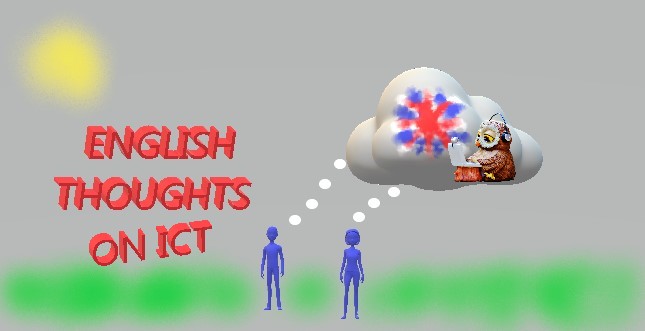 |
| Image by Alex Molina. CC0 Creative Commons |
My mission today is related with content curation tools. As you already know, searching on the net can return thousands of results. There are several sources, search engines that may be useful, but it is necessary to filter and select what is really important to you, and moreover, curate it.
Once you find what you need and want to keep it for later use, you need some tool that stores your digital resources and which you can access by just one click. For this task, you have different tools that you can check here.
For years, as a secret agent, I've been using SYMBALOO.
But there's no use in showing you my secret webmix (you know, FBI, CIA, MI6 or MOSAD secret reports are not of your concern) but I've created one Symbaloo webmix that might be useful for the CLIL teachers. Oh, I'm sorry!! I forgot to explain what a webmix is.
A webmix is a Symbaloo board made by tiles each of them containing a link to your favourite tools, websites or resources. It's very useful to have all of them in just one look, allowing you to compile your favourite sites into one visual interface. Try it and share your results!!
Here's my CLIL webmix. You can find resources, activities, theories and useful tools for your CLIL lessons.
See you in my next mission!





